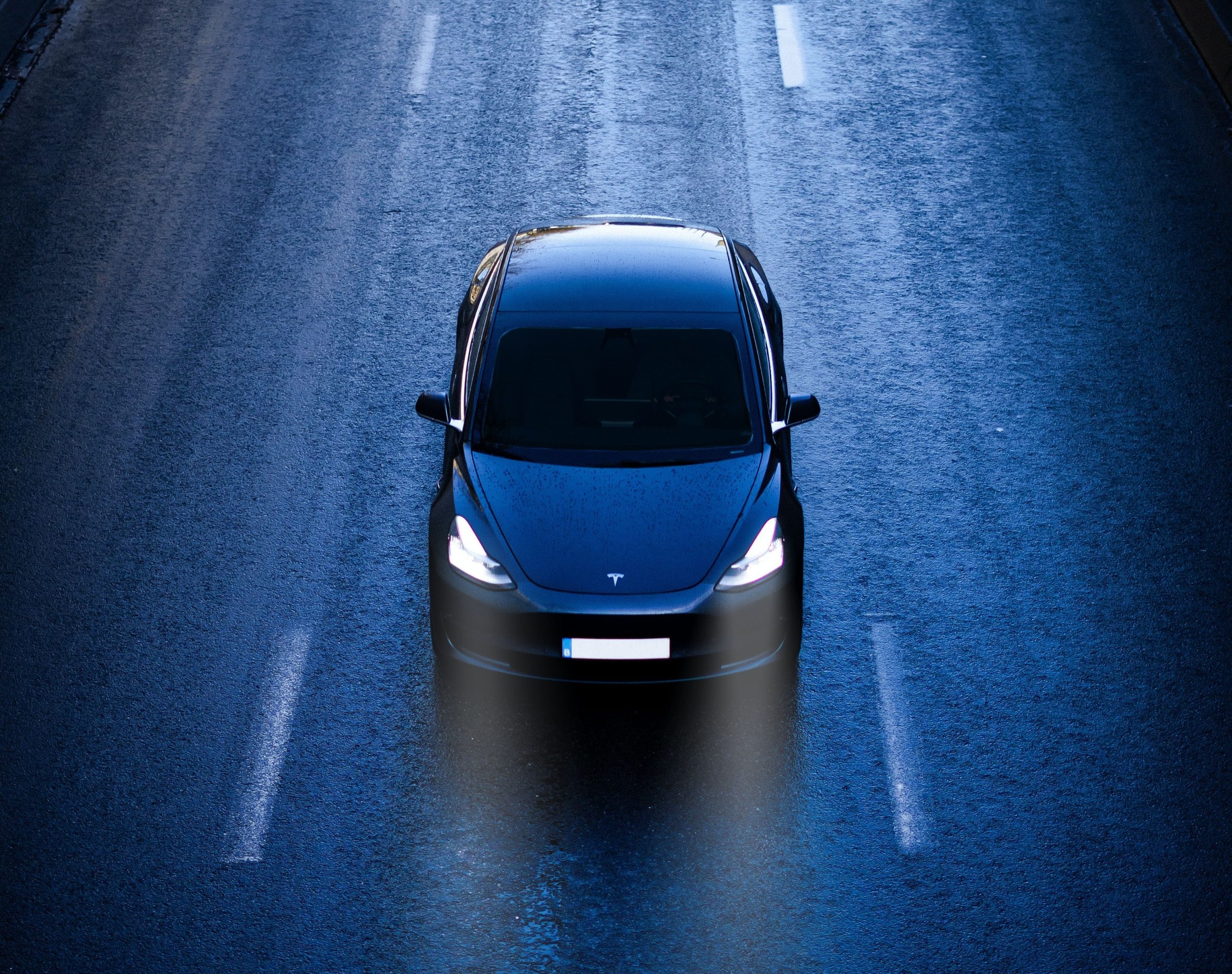The Tesla recall 2023 will affect almost two million vehicles. Although Tesla has been a trailblazer in the quest for autonomous driving. However, the road to self-driving supremacy is not without its twists and turns. In a move that reverberated through the automotive industry, Tesla recently announced a sweeping recall of nearly two million vehicles on U.S. roads.
Tesla recall 2023 followed a detailed investigation by the Washington Post, revealing at least eight serious accidents, including fatalities, where the Autopilot feature was inappropriately engaged.
What is the reason behind the Tesla recall 2023?
Tesla initiated a significant recall affecting nearly all of its two million cars on U.S. roads. Tesla recall 2023 was prompted by a two-year investigation conducted by U.S. safety regulators, focusing on approximately 1,000 crashes involving Tesla vehicles where the Autopilot feature was engaged.
The decision to recall these vehicles marked a substantial development in Tesla’s ongoing efforts to advance autonomous driving technology, and here is everything you need to know about it.
Investigative background
The National Highway Traffic Safety Administration (NHTSA) extensively examined Tesla’s Autopilot and Autosteer functions, both integral components of the company’s broader push towards autonomous driving capabilities. The investigation aimed to evaluate the safety and reliability of these features by scrutinizing incidents involving Tesla vehicles over the past two years.
Autopilot limitations
As a response to the findings, Tesla opted for a recall and announced over-the-air software updates to address the limitations of its Autopilot system. The software update focuses on enhancing driver warnings when Autopilot’s “Autosteer” function is in use. These notifications are designed to remind drivers to maintain attention to the road, keep their hands on the wheel, and be ready to resume control at all times.

Increased monitoring
Post-recall, Teslas with Autosteer activated will undergo more frequent checks of the driver’s attention level. The software will disengage the Autosteer feature if it detects that the driver is not paying sufficient attention, the vehicle is approaching traffic controls, or the car exits the highway when Autosteer alone cannot safely navigate.
Regulatory concerns
The NHTSA, in its letter to Tesla, expressed concerns about the controls and prominence of the Autosteer feature, indicating that in certain circumstances, they might not be sufficient to prevent driver misuse. The agency highlighted the increased risk of crashes when drivers are not fully engaged and ready to take control of the vehicle.
Additional measures
To ensure that Tesla owners are informed about the changes, the company plans to send letters to car owners detailing the recall and the associated software updates. This recall is not the first time that Tesla has faced pressure from regulatory bodies to modify its Autopilot and Full Self Driving features. Previous recalls in February underscored traffic law violations by vehicles operating with the Full Self Driving feature.
How is artificial intelligence used in self-driving cars?
There is still time to trust autopilot
The Tesla recall of 2023 is a pivotal moment in the ongoing narrative of autonomous driving. It reflects Tesla’s proactive approach to addressing safety concerns that regulatory bodies and investigative reports raise. As the industry advances towards fully autonomous vehicles, such recalibrations, and heightened safety measures are critical to building trust among consumers and regulators alike.
The Tesla recall 2023 serves as a reminder that the journey toward self-driving cars requires continuous refinement and scrutiny to ensure the highest safety and reliability standards.
Featured image credit: Vlad Tchompalov/Unsplash





